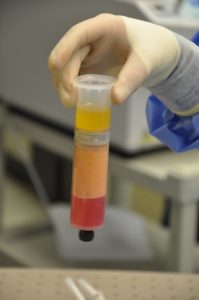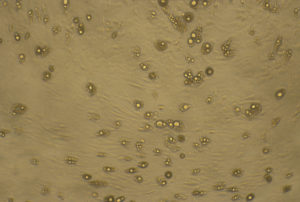Fat grafting as a method of both soft tissue reconstruction and aesthetic augmentation has taken on a dominant role in plastic surgery the past decade. Between the wide availability of donor tissue, its relatively easy harvest and subsequent injectability, it is no wonder that autologous fat transplantation has become so popular. But despite its many favorable features, the predictability of the procedure remains…unpredictable. It is felt that what may have the greatest impact on how well fat survives the injection process is how it has been prepared.


This is just one of many laboratory studies that have looked at how the preparation process influences the eventual fat injectate. Despite many proponents as well as manufacturer claims of the superiority of one processing method over another, in vitro and clinical evidence has provided no conclusive proof of one best method. This paper continues to show that some processing method is better than none. Given the many variables in the fat grafting process it may also be that the preparation method is not the critical element, or at least as important as we think, in improving fat injection survival.
Dr. Barry Eppley
Indianapolis, Indiana


